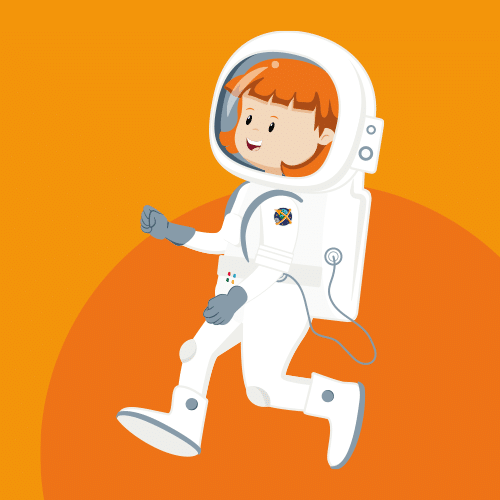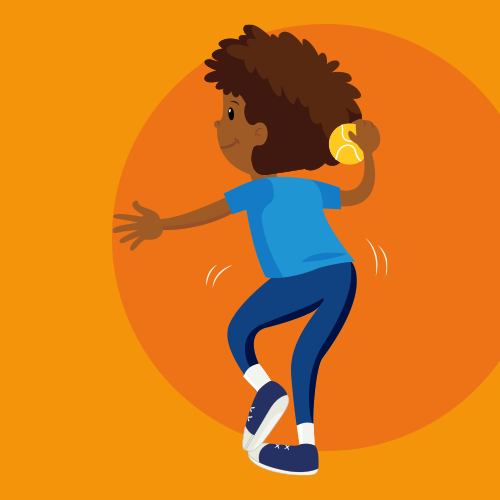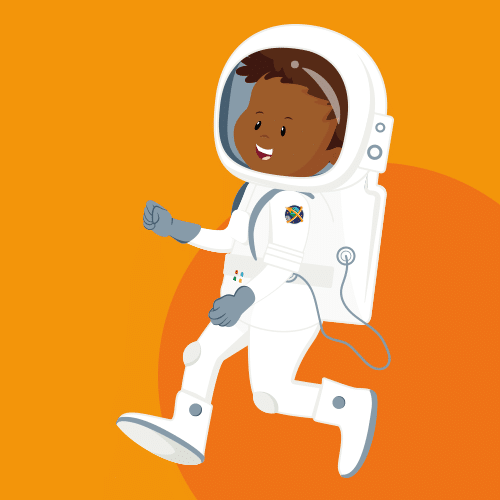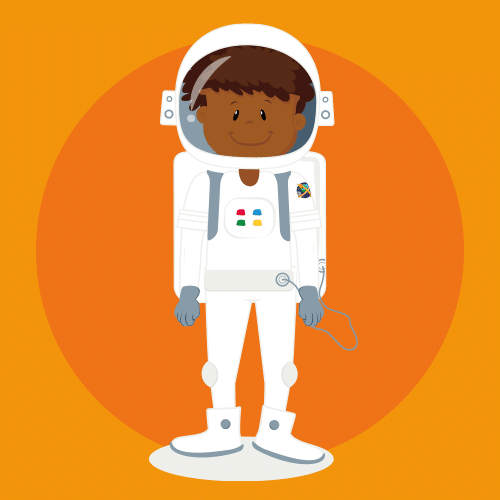Hydration Station
Your Mission: Explore the importance of hydration and identify the signs of dehydration.
- Investigate the importance of staying hydrated, proper hydration methods, and learn to identify signs of dehydration
- Understand the role hydration plays in keeping the body healthy
- Identify hydration levels by creating simulated urine
- Per class:
- Computer with Internet access for teacher use
- Library access
- One LCD projector or overhead projector
- One water bottle picture
- 2-3 bandanas
- Urine color chart
- Per group (3-4 students per group):
- One poster board or chart paper
- One set of Markers
- Two computers with internet access
- One Hydration/Dehydration chart or poster
- Four clear plastic cups
- One disposable 8 inch plate
- Two toothpicks
- One small bottle of Yellow, Red and Green food coloring
- One Urine hydration color chart
- One set of Hydration cards
- Per student:
- Hydration Student Section
- Hydrate the Astronaut
- Urine hydration color chart
- Pencil
Explore more Mission X activities!
Your Mission: Measure different body parts and explore how these measurements might change in space. How tall are you? Are …
During a spacewalks, astronauts need some serious dexterity and hand-eye coordination to carefully complete tasks, all while wearing bulky gloves …
Your mission: Perform a course immersed in water using only your arms to prepare for your future extravehicular activity! This …
Your Mission: Perform throwing and catching techniques on one foot to improve balance and spatial awareness. On Earth, we use …
Did you know that jumping might be a key activity in keeping astronauts healthy in space? Try some jump rope …
Your Mission: Perform a reaction time activity using a ruler to practice hand-eye coordination and concentration. In preparation for space …
Your Mission: Explore taste sensations on the tongue and experiment to see which senses influence taste. For astronauts, all their …
Your Mission: Perform the “bear crawl” and “crab walk” to increase muscular strength and improve upper and lower body coordination. …
Your Mission: Assemble a puzzle quickly and correctly to understand the importance of dexterity and hand-eye coordination. When working with …
In microgravity, astronauts love to perform spectacular somersaults. Here on Earth it’s not so easy, but it certainly is fun! …











